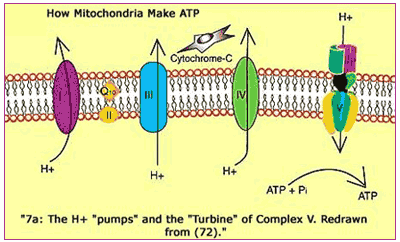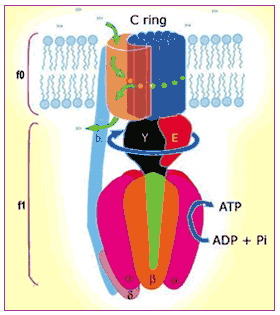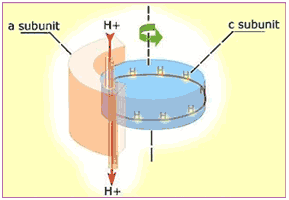
The Mitochondrion
Twenty years ago, if you'd mentioned free radicals to the average person, they would probably have thought you were talking about campus political dissidents. Today, almost everyone has at least some familiarity free radicals and their harmful effects - which is why health-conscious people always have their ears perked up for news on the latest antioxidant to hit the market.
But even after a generation of attention on the role of free radicals in health and disease, many health-conscious people still don't know that, while some free radicals come into the body from the environment (such as from smog, rancid fats, and ultraviolet radiation),most free radicals are actually produced by the body itself. Some free radicals are used by the body's immune cells to kill off invaders. Others are produced by the enzymes that help your body break down toxins. Even the ability of your blood vessels to relax and allow blood to flow is dependent on production of a kind of free radical (nitric oxide).
At Ground Zero
And in fact, the single biggest source of free radicals in your body are its mitochondria 57 Elsewhere in this article, we've referred to mitochondria as the cell's "power plants." But "nuclear power plants" might be a more precise image. Because as part of the process of energy production, both nuclear plants and mitochondria also produce deadly, high-energy waste. In the case of mitochondria, that waste is a free radical called superoxide.
This means that the body's cellular power plants are the site of an ongoing "reactor leak," exposing them to the biggest load of free radical marauders in the body. And unfortunately, while your body produces antioxidant enzymes which can partially protect the rest of the cell from free radical damage, these enzymes are much less able to protect the mitochondria.
A striking example of the greater vulnerability of mitochondria to free radical damage is the extent of the damage suffered by their DNA, which is separate from the DNA of the rest of the cell. While health-conscious people are rightly concerned about free radical damage to the DNA blueprints of the cell as a whole, the number of hits to the main genetic code pales next to the level of damage suffered by mitochondrial DNA. When you look at the cells of key organs like the brain and heart - the long-lived cell types that normally must last a lifetime - you see that mitochondrial DNA suffers seven to eleven times more damage from free radicals than does the DNA for the rest of the cell. 58 , 59, 60

The picture doesn't get any prettier when you look at the working parts of the mitochondria - a system we've only recently begun to truly understand. Remarkably, as scientists have pieced together the mechanism wherebymitochondria generate energy, it's become clear that mitochondria create power using almost identical principles to the ones used by hydroelectric dams - right down to the turbines! 61, 62
In simple terms, mitochondria take energy from food, and use it to build up a "reservoir" of hydrogen ions (H+) behind a "dam" (the mitochondrial inner membrane). The buildup of ions behind the "dam" creates a force drawing them to the "downhill" side of the mitochondrial inner membrane, just as water behind a dam is drawn downward by gravity. The "dam" leaves only one route for the ions to flow: through a quite literal turbine called "Complex V" (or the "F0/F1 ATP synthase"). The flow of ions through Complex V literally causes its turbine to spin, and this motion drives the joining of a carrier molecule (adenosine diphosphate, ADP) with a high-energy phosphate bond, to create the "universal energy molecule" of life: ATP (adenosine triphosphate).









 So guess what happens when the moving parts of your turbine start to wear out, and you start getting cracks in your hydro dam?
So guess what happens when the moving parts of your turbine start to wear out, and you start getting cracks in your hydro dam?
